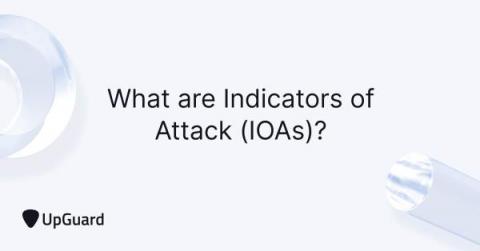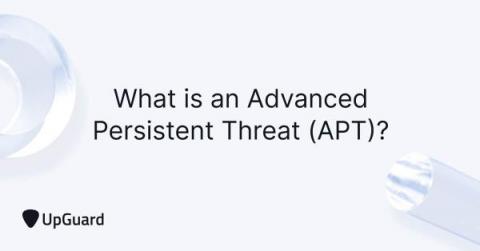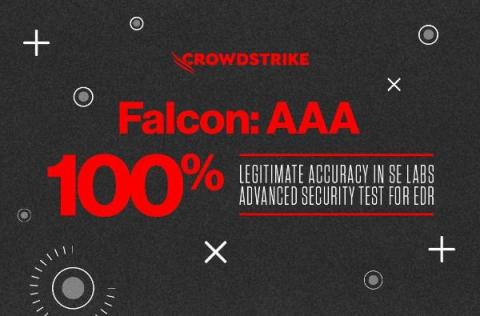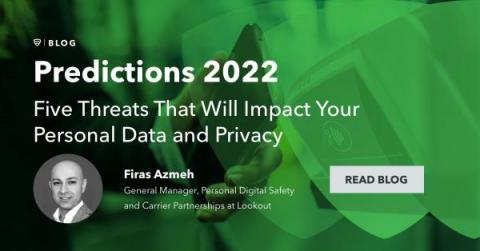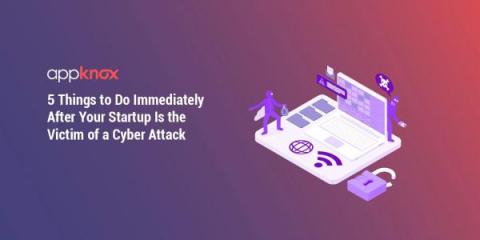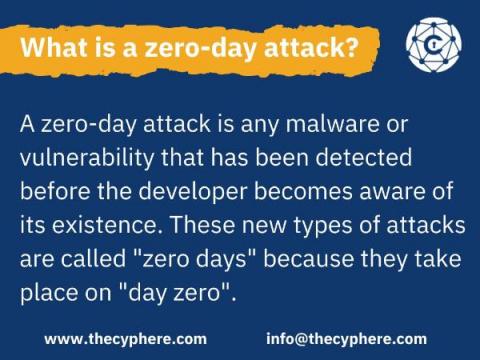What are Indicators of Attack (IOAs)? How they Differ from IOCs
Indicators of Attack (IOAs) demonstrate the intentions behind a cyberattack and the techniques used by the threat actor to accomplish their objectives. The specific cyber threats arming the attack, like malware, ransomware, or advanced threats, are of little concern when analyzing IOAs. Instead, only the sequence of events leading to the deployment of a cyber threat are considered in this cybersecurity strategy.


